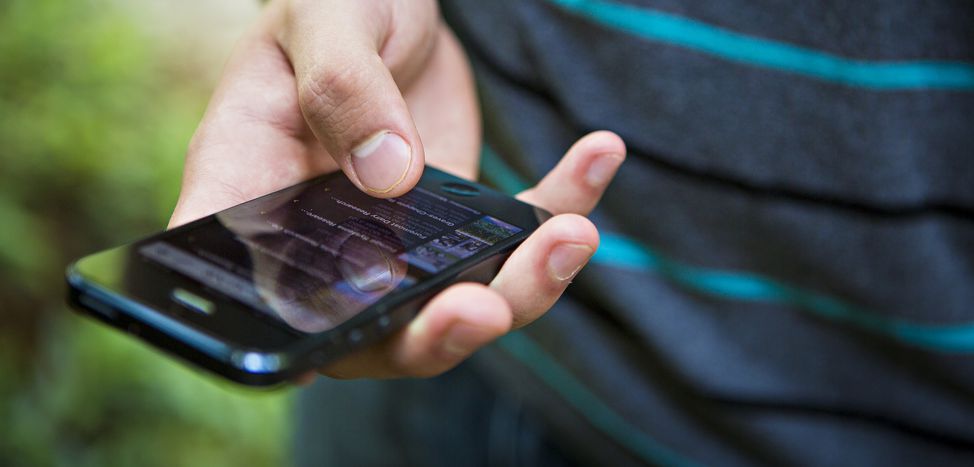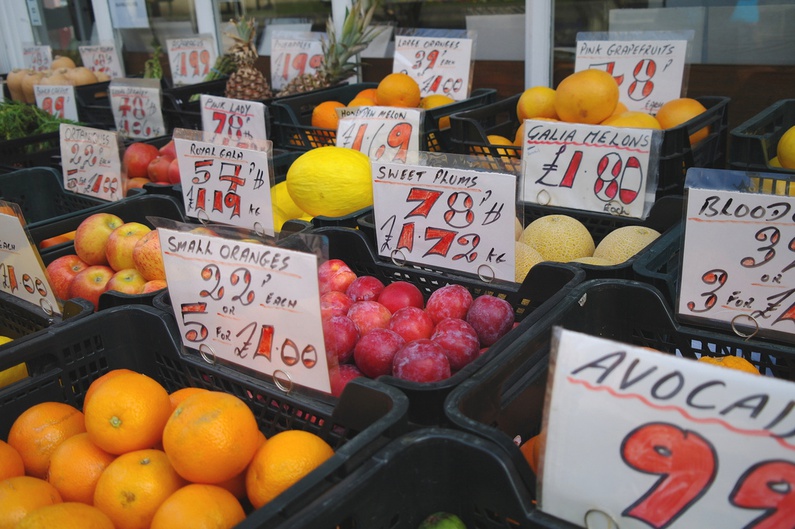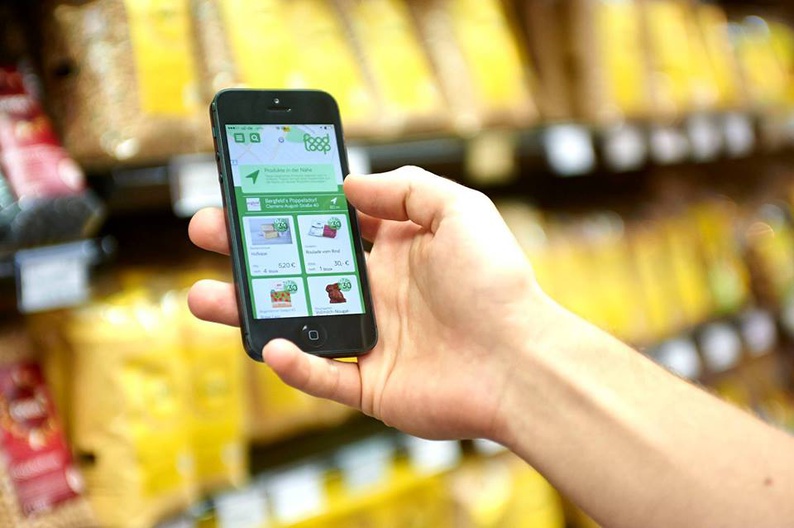
The rise of green food apps: Save the planet and your wallet
Published on
What would you say to always having a personal food shopper with you, 24/7? What if it were an app on your smartphone? It seems that the day has come when we have so little knowledge of our own fridges that we have to rely on new technologies to be able to do the good old weekly shop... but how did we get to this point?
The answer is simple if we just reflect on two key concepts that all of us are used to hearing whether we like it or not: over consumption and under-nutrition. Every year a whopping 30% of our food supply (1.3 billion tonnes) is wasted. At the same time, a baffling amount of people still goes to bed hungry every night. In Europe alone, according to the latest estimates, over 100 million tonnes of food are wasted annually. Even if these figures are shared widely thanks to the recent proliferation of awareness-raising campaigns, they still represent a staggering amount of waste, alarming for both consumers and producers. It’s for this reason that technologies and apps aimed at reducing this number are flourishing.
Three of the best
FoodKeeper is a new mobile app developed by the United States Department of Agriculture, Cornell University, and the Food Marketing Institute. The app gives instructions on how long you can safely store over 400 different food items. There’s no need to get worked up about remembering expiration dates – now the process is seamless. FoodKeeper integrates with your phone's calendar, enabling you to know exactly how long each item can be safely stored in your fridge without deteriorating, thus also saving you a tidy sum. Just imagine: you buy a head of lettuce, you put it in the fridge, select the “lettuce” entry in the app and… that's it! Your phone will automatically send you a reminder when the lettuce's freshness is deteriorating.
 Another example is FoodLoop, an app that helps you to buy quality food at the best price. Not only by signalling the best offers close to you, but also by informing you in real time, via a system that detects bar codes, if a certain item is reduced in price because its "best before" date is coming up. The app gives you the possibility to create your own "wish list" to which you can add your favourite items and, via the integrated notification service, it keeps you in the loop about the best offers near you. You save money, and you help reduce food waste: basically, it kills two birds with one stone.
Another example is FoodLoop, an app that helps you to buy quality food at the best price. Not only by signalling the best offers close to you, but also by informing you in real time, via a system that detects bar codes, if a certain item is reduced in price because its "best before" date is coming up. The app gives you the possibility to create your own "wish list" to which you can add your favourite items and, via the integrated notification service, it keeps you in the loop about the best offers near you. You save money, and you help reduce food waste: basically, it kills two birds with one stone.
The ground-breaking city in integrating this new technology was Bonn in Germany, where the first stores have already started adhering to the initiative. However, there is still a long way to go until FoodLoop makes it big – according to the founders, the goal is to equip all supermarkets with the app by 2025.
 Finally, there’s the Home Composting app. Have you got a weakness for gardening and want to show the world (or just your neighbours), the glorious deeds of your green fingers? Then this app is a must-have, showing how to make your own free compost by reusing your leftover food – thus helping you improve both the soil conditions of your garden and your eating habits. How does it work? Piece of cake. First you take a look at what's in your rubbish bin, then you compare this with the ingredients listed in the app, following the instructions on how to make your own organic compost. Around 40% of the contents of the average dustbin are suitable for home-composting, so it shouldn’t be too complicated!
Finally, there’s the Home Composting app. Have you got a weakness for gardening and want to show the world (or just your neighbours), the glorious deeds of your green fingers? Then this app is a must-have, showing how to make your own free compost by reusing your leftover food – thus helping you improve both the soil conditions of your garden and your eating habits. How does it work? Piece of cake. First you take a look at what's in your rubbish bin, then you compare this with the ingredients listed in the app, following the instructions on how to make your own organic compost. Around 40% of the contents of the average dustbin are suitable for home-composting, so it shouldn’t be too complicated!
The new wave of food apps
These are just three examples of successful technologies recently developed to prevent food waste, but we could list so many more: from Green Egg Shopper to Fridge Pal, and so on. If we think of how many full trollies of fresh groceries are thrown away every day in supermarkets, restaurants and food chains (amounting to almost €150,000 per year per store), we will have a better understanding of this new-found awakening of the interest in food apps. If we then consider how these innovations can also produce a positive outcome on our finances, then there is no need to speak further.
The misinterpretation by consumers of the meaning of date markings is thought to have an impact of between 15-20% alone on the amount of household food waste. A correct understanding of the "best before" and "use by" indications on food packaging would massively contribute to the reduction of waste.
Believe it or not, each of us can contribute to stop food waste with little daily actions: by giving a second life to our leftovers, better organising our fridge, freezing more food, or even composting. Remember, all this helps both the planet AND our wallets.



